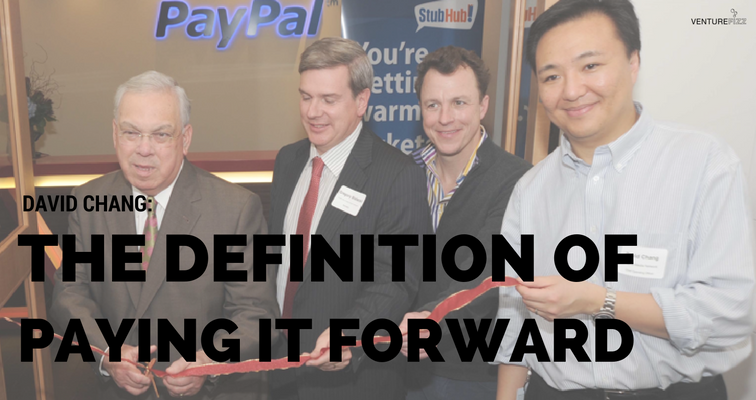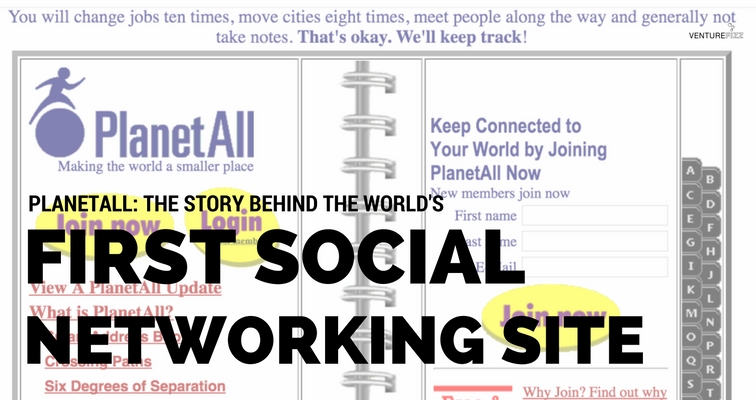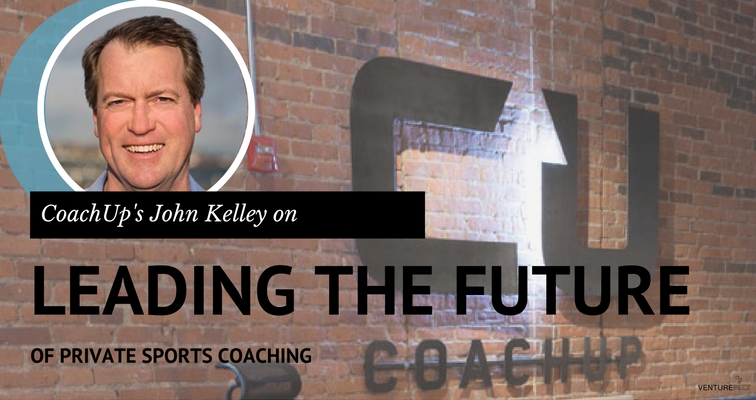Rudina Seseri is a Managing Partner & Founder at Glasswing Ventures, which is one of the new VC firms in the Boston area. Rudina previously spent almost ten years at Fairhaven Capital, where she invested in Jibo, Celtra, CrowdTwist, SocialFlow, and Statisfy.
Rudina's new firm is focused on investing in companies where AI is at its core. She is a very active member of the Boston tech scene and she also serves as an Entrepreneur-In-Residence at Harvard Business School.
Keith Cline: Tell me about your background.
Rudina Seseri: I was born and spent my early childhood in Albania. At 15, I took a risk, leaving my family – the most challenging thing I have ever done in my life - to attend high school here in the US. I received my undergraduate degree from Wellesley College in Economics and International Relations. My experience at Wellesley was very meaningful not simply because of its academic strength, but because of its commitment to empowering women. I was surrounded by ambitious, intelligent women and I learned that if one applies oneself, approaches challenges strategically, and has passion, the likelihood of success is high. I don’t think it is a coincidence that its strong alumni network includes the first woman astronaut, a Supreme Court Justice, a former Secretary of State, the co-founder of BlackRock, and, most recently, the first female Presidential Nominee in US history, among others.
KC: What did you do for work right out of college?
RS: After graduating from Wellesley, I worked for three years as an analyst at Credit Suisse in the Technology Group where I caught the tech bug, and realized that the tech industry was where I wanted to be. I did go on from there to attend the Harvard Business School (HBS) to earn my MBA. During the time I was at HBS, I met Rick Grinnell and worked on a wireless infrastructure project for him. He counseled me to work at a technology company which led my becoming a senior manager at Microsoft in Redmond, working in the company’s corporate development group. After working and closing a number of deals in under two years, I decided to come back to Boston and join Rick Grinnell and the team, working as a venture capitalist. We have had a long-standing successful venture career and business partnership. Almost 10 years later, it culminated in the formation of our new VC firm, Glasswing Ventures.
KC: You started Glasswing Ventures with Rick Grinnell and Sarah Fay, what’s the company focus and how did go about naming the firm?
RS: That’s right, Rick Grinnell and I are co-founders, and our third partner is Sarah Fay. Over the last five years, Sarah has worked closely in the startup ecosystem as an angel investor, advisor and independent board director. The three of us have decided to pursue a very focused firm strategy with a large market opportunity, investing in companies that have AI technology at their core as the enabler in multiple industry segments spanning enterprise SaaS, data and predictive analytics, security, robotics and related platforms. Our focus is on companies that intelligently solve the needs of the connected world and provide security for its ecosystem. We’ve coined the term - Intelligent Connect and Protect™ - to capture our strategy.
We named the firm Glasswing Ventures after the butterfly, which of course is an appropriate symbol of transformation. The Glasswing butterfly is also a specific type of butterfly. It’s unique in that it has transparent wings, which allows one to see the strength of its wing's structural mechanics. It’s a graceful creature, able to take flight, while still embodying great strength and resilience. This is analogous to our mission, to be transparent with our founders and management teams and the broader ecosystem as we build a strong firm that will make a lasting positive impact in the market.

KC: What investment strategy will you be focused on at Glasswing?
RS: We are series A investors, focused primarily on East Coast startups, with a heavy focus on Boston and NYC. The East Coast has developed a leading ecosystem in AI across the industry segments we are focused on, which are core to our investment strategy. We are looking to work with founders to help transform their ideas into companies, and help their companies grow into industry leaders.
KC: When you invest in companies, what do you look for?
RS: There is a distinct common thread across all of them – it’s the transformational role they are playing in their respective industries AND the exceptional execution by the founding and management teams. Some of the companies I have invested in are Jibo, a clear leader in social robotics, and one of the most highly disruptive companies in the market that also is a category maker and SocialFlow, which leverages AI and deep learning to increase distribution of owned and earned content across social media platforms, Crowdtwist, a multichannel loyalty platform, among others.
KC: What are the top traits you look for in a company or founder?
RS: We look for founders who love to build companies not just products and are able to grow as their business grows. There are two specific traits I look for -- agility of execution and big ideas. Of course, we love founders that have both, but, if I had to pick one trait over another it would be execution every time. They also need to be able to pivot, course correct, in order to be able to hone in and pursue the right opportunity.
We find amazing founders and start up CEOs from all walks of life and various career stages – from the undergrad student to the repeat successful entrepreneur with multiple exits. There is room for all of them in our highly diverse portfolio, and we are aggressively pursuing the opportunities they present to us.
KC: What excites you about the market on the east coast, including Boston?
RS: Boston has a significant and growing footprint in AI, which becomes the basis for creating industry-leading AI companies. Boston and the broader East Coast ecosystem is also a hotbed of enterprise, cybersecurity and robotics startups. We have leading academic institutions (MIT, Harvard, BU, BC, CMU, Cornell, RPI, Georgia Tech, etc.) that have a meaningful commitment to AI, robotics and machine learning; companies with AI as their backbone from Nuance to iRobot, and all the engineering and dev talent that the larget tech companies have in the region, in addition to an abundance of great founders, entrepreneurs and executives.
KC: Who do you admire or who has been the greatest mentor for you?
RS: That has to be my Mother. She is an incredibly strong and grounded woman. When my Dad passed away, I was just a year old, she raised my sister and me singlehanded, while running a 3600-person company. She raised us with the conviction and the belief that we can achieve anything we set our minds to. It is my hope to instill those same fundamental beliefs in my daughter, so that she too knows the power behind that belief and the positive impact she can have on the world.

KC: I noticed that you have a podcast called Next Gen Now. Can you share the details of your show and what you cover?
RS: Absolutely, my podcast is focused on interviewing founders, CEOs and folks from the startup ecosystem to talk about trends and technology, discuss pet projects and to get a pulse on the industry, and how we think about and the impact of disruptive technology on our lives. It is a pet project and I enjoy it very much, you can tune in here at Next Gen Now.
KC: Outside of being a VC, what are your personal interests or activities? Are you involved in any charitable organizations?
RS: As the Co-Founder of Glasswing Ventures, and the mother of my three-year-old daughter, I lead a pretty busy life. I do very much enjoy being an Entrepreneur in Residence at Harvard Business School, where I meet with students about the companies they are founding, and discuss careers in venture with them. It’s great to be able to contribute and give back to the school, and still have a pulse on the market and feel the excitement at the university level. I’m also on the Board of Overseers for Boston Children’s Hospital, which is doing incredible and progressive work that impacts the lives of thousands of children. It is a wonderful and constant reminder and inspiration in my life about how we can contribute to the lives of others.
KC: What was the last book that you read?
RS: It was a wonderfully funny novel called The Rosie Project by Graeme Simsion about an endearing geek who develops a model for finding a wife. Definitely a laugh out loud kind of book.
Keith Cline is the founder of VentureFizz. Follow him on Twitter: @kcline6.

















